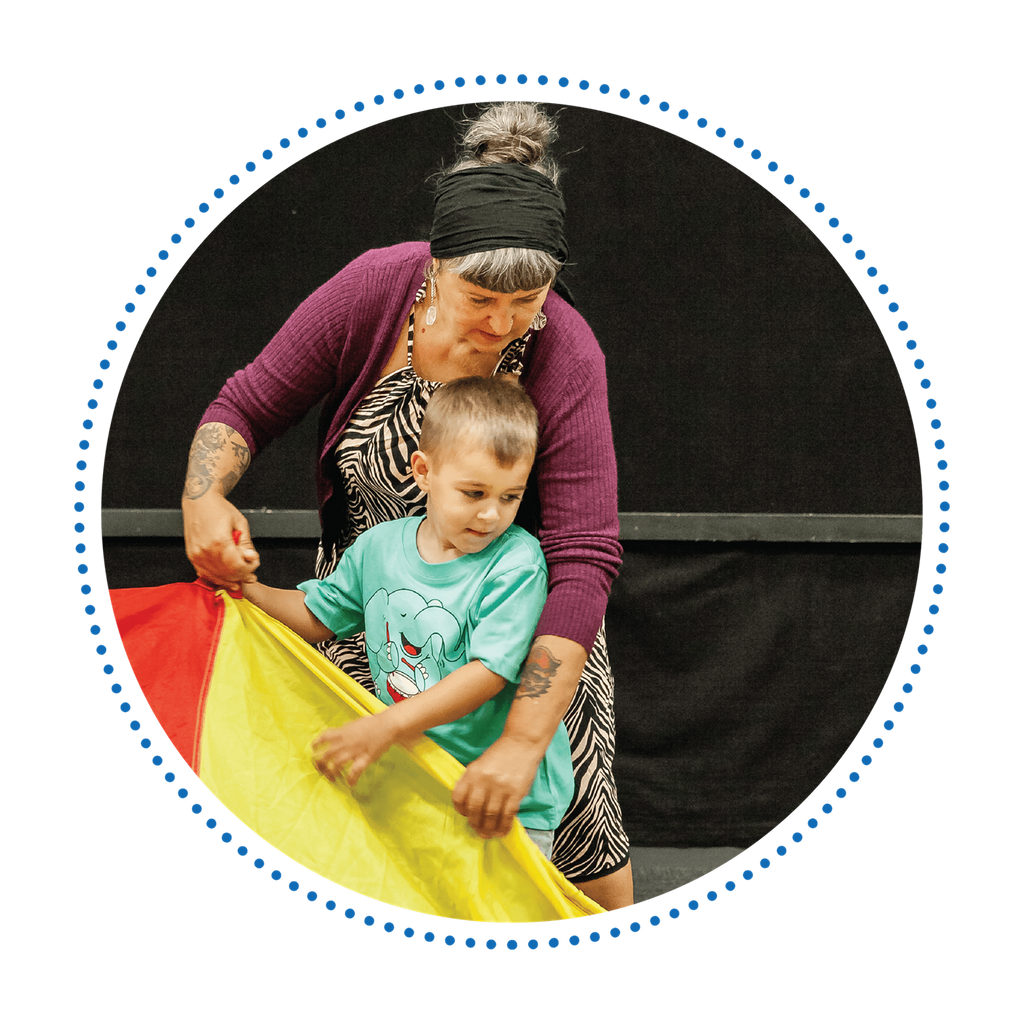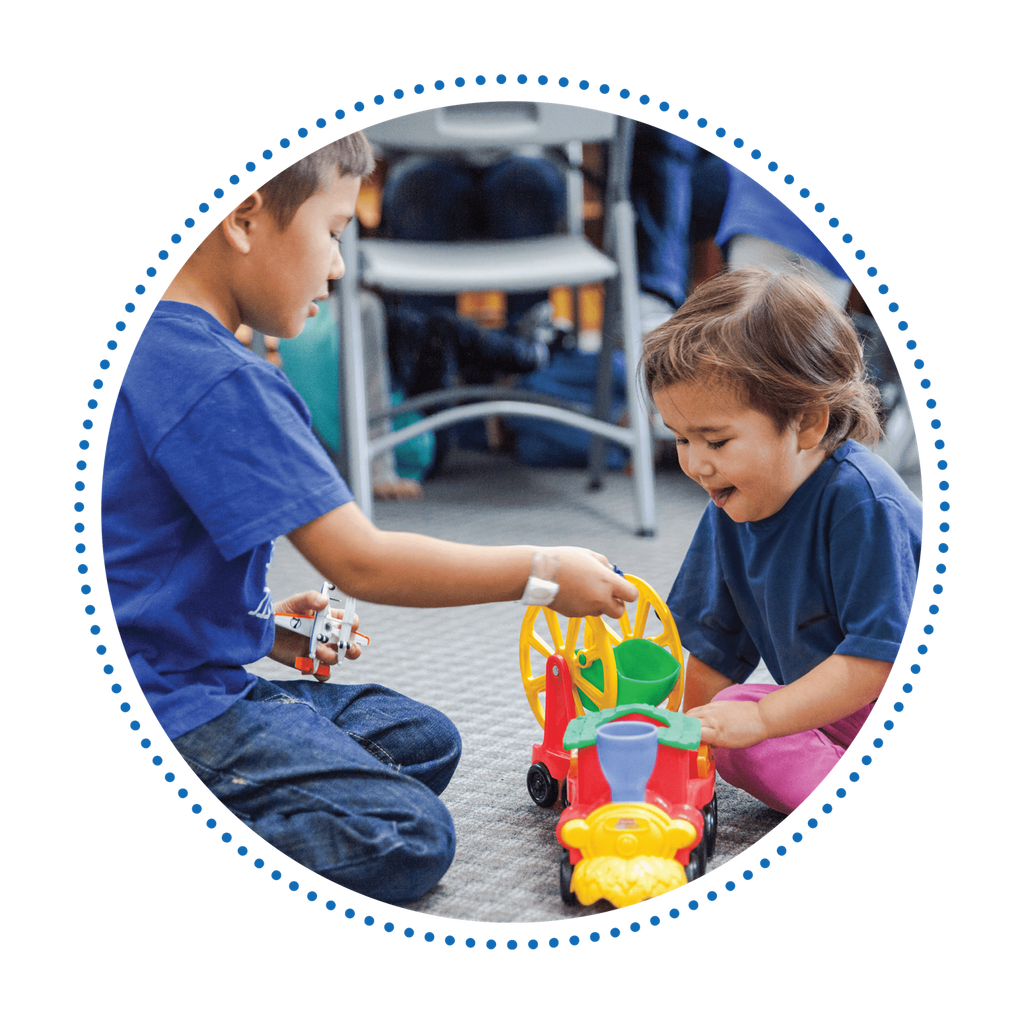In the seemingly simple songs, rhymes, and activities that fill mainly music and mainly play, you are advancing sophisticated scientifically proven development techniques!
Music is used not just as an educational tool, but also as therapy for those who face challenges in their development. Music acts as a motivator and enabler for so many areas of learning.
As you participate with your child, you are both entering into experiences of attachment. This is the lasting emotional bond that a child forms with a specific person that provides safety, comfort, soothing and pleasure. It’s critical we get it right with children when they are young to give them the best opportunities to mature into happy, confident, well-adjusted adults.
The physical benefits of both mainly music and mainly play may be obvious – we get children moving! Not a device in sight! However, it helps us to understand how this helps your child. Strap yourself in – this is pretty amazing.
Coordination and brain development There is a proven scientific link between physical movement (kinesiology) and brain development and function. This is especially important for young children. A key area are the contralateral movements – which involve opposite sides of the body working together (such as moving with the left arm and right leg up at the same time – or crossing the midline of your body with one arm going across to touch the opposite knee or shoulder. Even bending at the waist and touching your shins is crossing the midline). These movements stimulate both sides of a child’s brain, helping to activate and strengthen nerve-cell pathways which link both sides of the brain.
Physical Learners or technically, ‘tactual-kinaesthetic learners’ are those who learn best through touch and movement. According to research up to 50% of young people fit into this category. Using actions, counting with fingers, clapping rhythms – these create a great environment not just for physical, but also cognitive development.
Learning about the body Naming, identifying and using different parts of our body also has the effect of helping your child learn about their own bodies. Even at young ages, we can promote healthy principles of respect, gratitude, and ownership of our bodies.
Touch connection with carers is physical bonding is SO important between children and their care givers. Touch is a strong communicator – giving children a sense of emotional security. In sessions, you’ll have time to bond physically and role model what is good/gentle touch and how it is beneficial.
There is even evidence to suggest that the greater the tactile relationship between parent and child – the greater the child’s brain activity.
What are you waiting for? Get signed up to mainly music or mainly play for wonderful outcomes



